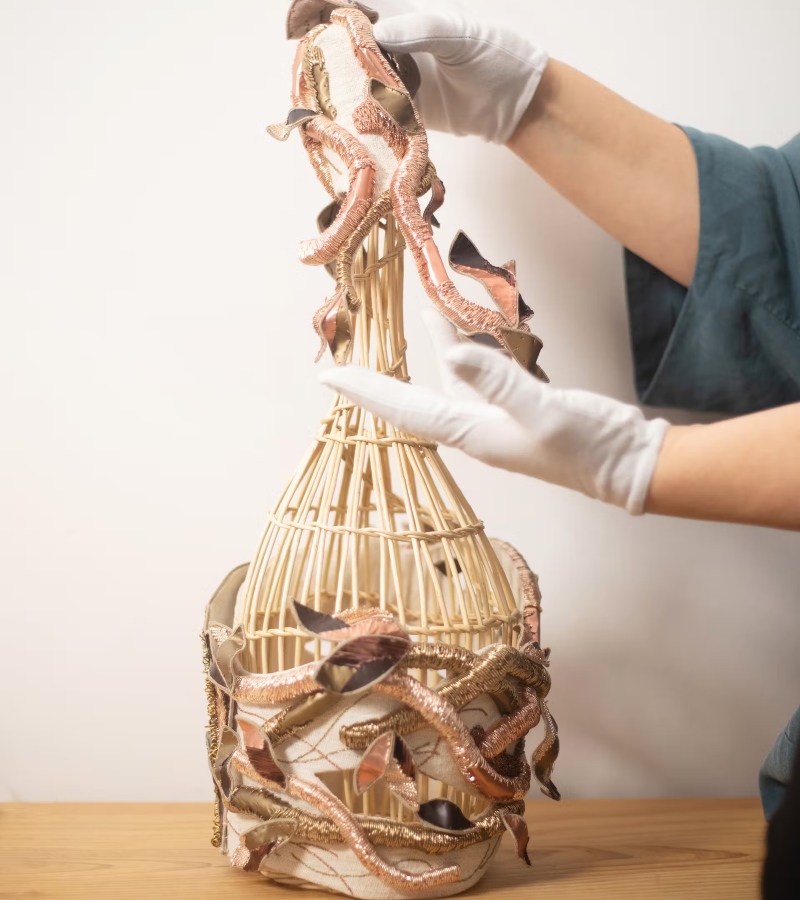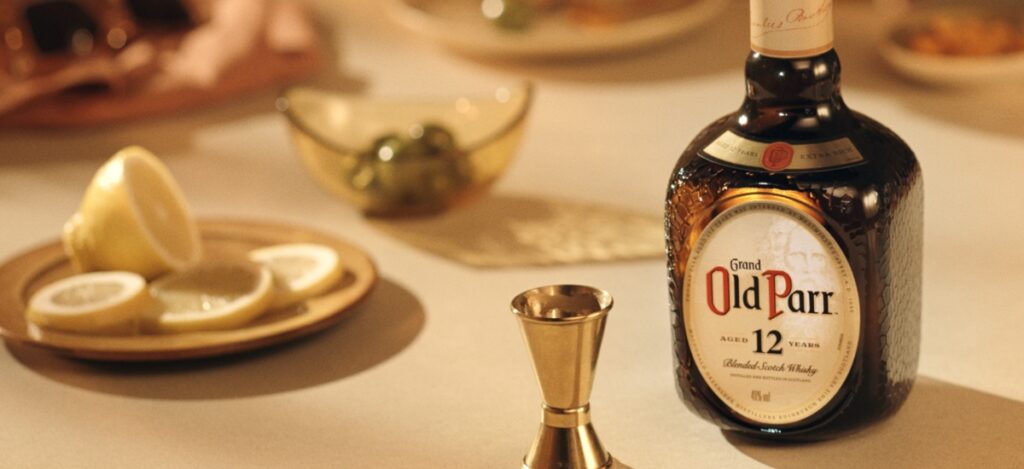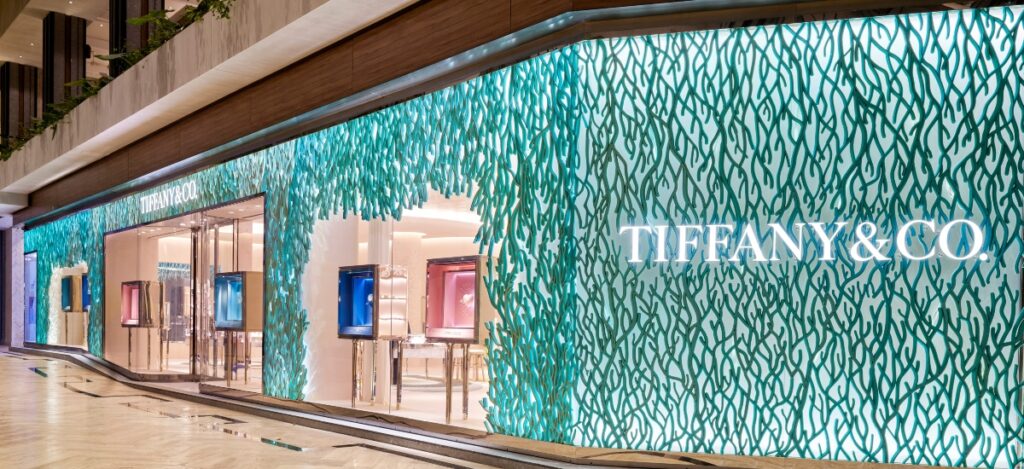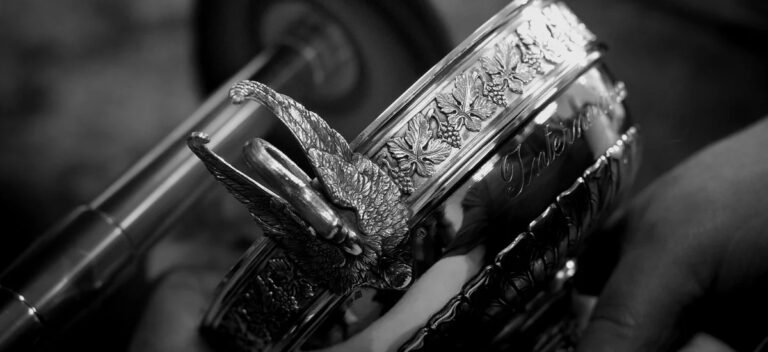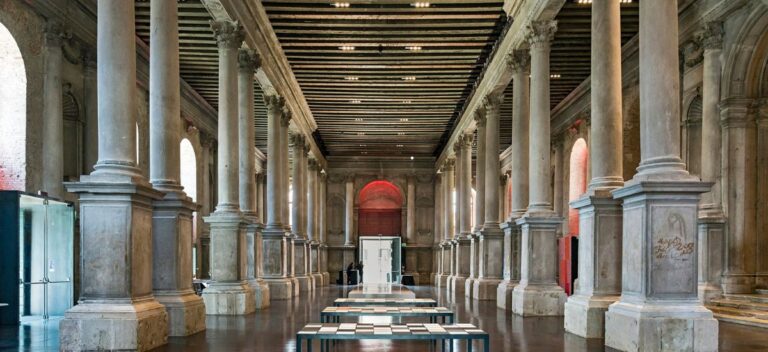Ruinart has long stood as a symbol of refined savoir-faire.
Now, with its latest artistic venture, the historic champagne house continues its tradition of honoring craftsmanship and creativity.
Through its Ruinart Studio initiative, the brand collaborates with exceptional artisans, presenting a breathtaking new creation designed to encase the prestigious Ruinart Rosé Jeroboam.
This year, textile embroiderer Marie Berthouloux was invited to bring her vision to life.
Inspired by an immersive experience at the Ruinart estate in Reims, Berthouloux designed a bespoke support that hugs the contours of the iconic Jeroboam bottle.
More than a decorative gesture, her work tells a story deeply rooted in the land, the vine, and the Maison’s enduring connection to nature.



